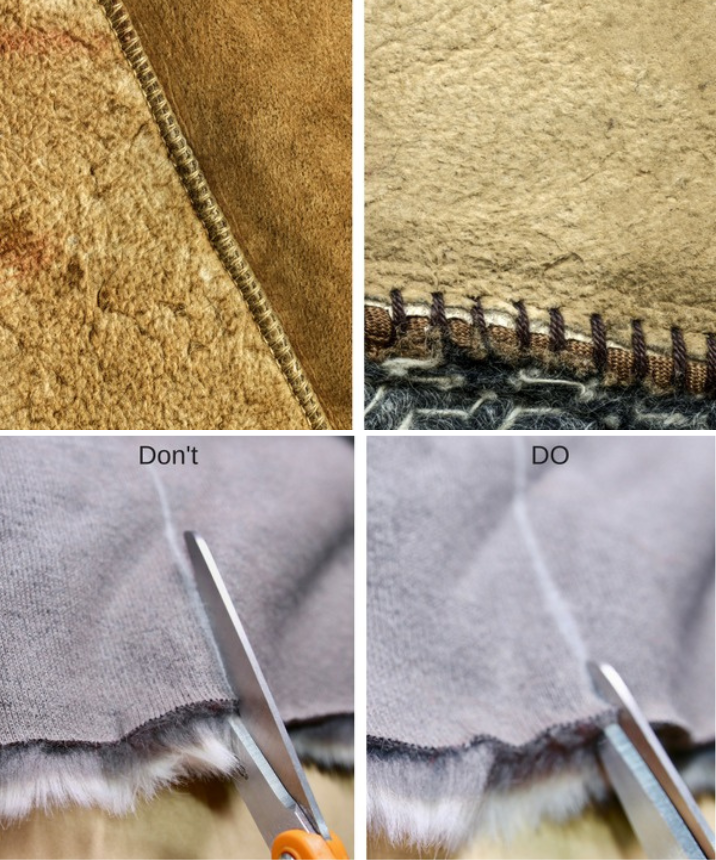Sewing with fur can be an exciting venture for beginners, opening up a world of possibilities for crafting cozy garments and accessories. However, working with fur requires some specific techniques to achieve professional-looking results. If you’re just starting out on your fur-sewing journey, here are some essential tips to help you navigate the process and create flawless furry creations.
**1. Choose the Right Fur Fabric:
- Tip: Selecting the appropriate fur fabric is crucial for a successful sewing project. Faux fur comes in various lengths, textures, and colors. Beginners might find it easier to start with short-pile faux fur, as it is more forgiving and easier to manage.
**2. Prep Your Workspace:
- Tip: Fur can be messy, shedding tiny fibers during the cutting and sewing process. Prepare your workspace by covering surfaces with old sheets or a drop cloth to catch loose fur. Consider wearing a dust mask to avoid inhaling fibers.
**3. Cutting Techniques:
- Tip: When cutting fur fabric, avoid using regular scissors. Instead, use a utility knife or a craft knife to cut through the backing fabric only, minimizing the risk of cutting the fur itself. Cut from the back to prevent visible fur trimming.
**4. Marking and Pinning:
- Tip: Use tailor’s chalk or removable fabric markers to mark pattern pieces directly on the back of the fur. Avoid using traditional pins directly on the fur as they can leave visible holes. Instead, use clips or pin through the seam allowance.
**5. Sew with the Nap:
- Tip: Pay attention to the nap of the fur, which is the direction in which the fur lies. Make sure all pattern pieces are cut in the same direction to maintain a consistent appearance. Sew with the nap to ensure a smooth and cohesive look.
**6. Use a Walking Foot:
- Tip: A walking foot is a valuable tool when sewing with fur. It helps to feed the fabric layers evenly through the machine, preventing shifting and ensuring a neat seam. If you don’t have a walking foot, you can also use a Teflon or roller foot.
**7. Lengthen Stitch Length:
- Tip: Lengthen your stitch length slightly when working with fur. A longer stitch helps prevent the fur from getting caught in the seams. Test on a scrap piece of fur to determine the optimal stitch length for your specific fabric.
**8. Trim Seam Allowances:
- Tip: After sewing seams, trim the seam allowances down to reduce bulk. Be cautious not to cut into the fur itself. This step is especially important in areas where multiple seams intersect, such as around collars and cuffs.
**9. Secure Fur Ends:
- Tip: To prevent fur from shedding at the cut edges, apply a small amount of fabric glue or fray check. This helps secure the ends and keeps your finished project looking polished.
**10. Grooming the Fur: – Tip: Once your project is complete, gently groom the fur using a wide-tooth comb or your fingers to remove any flattened areas caused by handling during the sewing process.
Embarking on a sewing project with fur may seem challenging at first, but with the right techniques and a bit of patience, you can create stunning and cozy pieces. Whether you’re sewing a faux fur coat, plush pillow, or stylish accessories, these tips will guide you toward achieving professional-looking results in your furry creations. Happy sewing!
